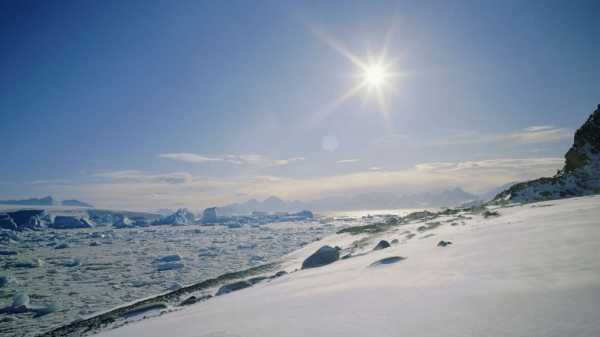
Koll and his colleagues focused on iron-60 because it’s rare, but not too rare, and it has a long lifetime, with a half-life of 2.6 million years. Many other isotopes that could have arrived from interstellar falling rocks are so unstable, with such short half-lives, that there’s no way scientists could find them before they decayed away and disappeared.
Stars fling out a variety of tiny particles during their lifetimes, in addition to all the light and heat. But when the stars are younger, they’re generally throwing out lighter metals, like carbon and oxygen. (Astronomers tend to refer to everything bigger than helium as a “metal.”) Aging, massive stars and a certain type of supernova explosions, having spent many millennia fusing big nuclei into even bigger ones, can spew out particles of heavier metals, including iron-60 and its stable cousin, iron-56. Iron is usually the last element a star could produce while still generating energy, and after its last throes of life, it explodes. Only stars tens of times more massive than our sun could build iron isotopes, however, which means that the iron-60 found in Antarctica originated from outside the solar system.
“It must have been a supernova, not so near as to kill us but not too far to be diluted in space,” Koll said.
(MORE: Space rock 4 billion miles away could give clues about solar system’s early days)
That implies that our planet probably picked up the stray particles while traveling through the Local Interstellar Cloud, also known as the Local Fluff. This 30 light-year-spanning region, which the solar system is currently passing through and just about to exit, likely formed from exploding massive stars blowing out the hot gases in their outer layers into space.
There are no supernovas going off now in our star’s neighborhood, however, making it tough to pin down exactly where the isotope-enriched dust came from. Koll hopes that more data, like ice cores that reach deeper and older dust, could add more to the story. Such research would probe further into the past and could reveal more precisely when this alien dust started peppering our planet.
Inside Science is an editorially-independent nonprofit print, electronic and video journalism news service owned and operated by the American Institute of Physics.

Inside Science
Sourse: abcnews.go.com






